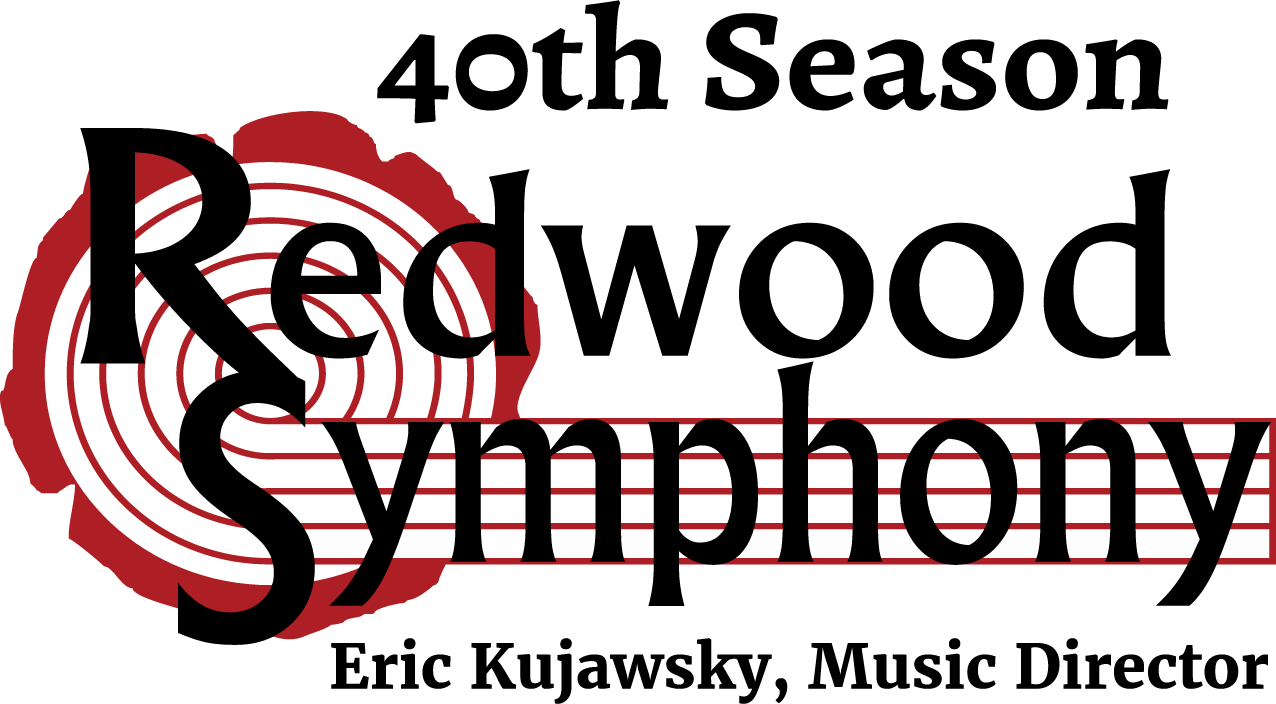The music of Aaron Copland is so entrenched in American consciousness that fellow composer Ned Rorem once called him “a fact of sonic geology, like a throbbing, song-filled rock of Gibraltar.” Listeners familiar with his best-known works such as Rodeo or Fanfare for the Common Man (both 1942, and recorded by Redwood Symphony on its 1998 CD) may not realize, however, that Copland’s long career took him through several distinct periods: a first jazzy phase, from 1925 to 1929; an avante-garde period from 1930 to 1936; a populist phase from 1936 to 1949; and a final return to modern, serial territory. Through all these phases his personal hallmarks are evident: transparent orchestrations (he described it as “keeping instruments out of each other’s way”), a supreme mastery of rhythm, and the ability to assign thematic or emotional expressiveness to particular parts o f the orchestra, letting each carry an individual idea to build the larger whole.
El Salón México marks Copland’s entrance into his populist phase, when he wanted to find a broader audience for contemporary music by using simpler harmonic melodies, often based on folk tunes, in a more accessible but still sophisticated manner. The work’s genesis was a visit to Mexico in 1932, when composer Carlos Chávez brought Copland to a popular dance club called El Salón México. Copland described the scene, and its inspiration to him, in his autobiography:
Perhaps my piece might never have been written if it hadn’t been for the existence of the Salón México. I remember reading about it for the first time in a tourist guide book: “Harlem-type nightclub for the peepul [sic], grand Cuban orchestra. Three halls: one for people dressed in your way, one for people dressed in overalls but shod, and one for the barefoot.” When I got there, I also found a sign on the wall which said: “Please don’t throw lighted cigarette butts on the floor so the ladies don’t burn their feet.”
…In some inexplicable way, while milling about in those crowded halls, one really felt a live contact with the Mexican people — the electric sense one sometimes gets in far-off places, of suddenly knowing the essence of a people — their humanity, their separate shyness, their dignity and unique charm.
Copland determined he would write a “musical potpourri” that would convey his impression of the Mexican people. He realized that as an outsider he might miss the mark: “I felt nervous about what the Mexicans might think of a ‘gringo’ meddling with their native melodies.” But he discovered he needn’t worry when, “at the first of the final rehearsals that I attended … as I entered the hall the orchestral players, who were in the thick of a Beethoven symphony, suddenly stopped what they were doing and began to applaud vigorously.” The work was premiered by Chávez conducting the Mexico Symphony Orchestra on August 27, 1937, and was a critical and popular success.
In creating his potpourri, Copland borrowed at least nine Mexican folk tunes from two collections he received during his trip, El Folklore y la Musica Mexicana edited by Ruben Campos and Cancionero Mexicano by Frances Toor. Most of the tunes use meters of 6/8 or 3/4 time, sometimes in alternation. Copland applied standard folk music practices throughout the work, such as harmonizations in parallel thirds and sixths, slides in pitch, clarinet cadenzas, string glissandos, and some call-and-response constructions.
The work consists of an introduction and four major segments, alternating slow-fast-slow-fast. A trumpet solo following the introduction is the longest quoted melody from Compos’ collection, a tune called El Mosco. A slow “Mexican hat dance” segues into a lyrical, broad melody that ends with a repeated trumpet call, announcing the second, faster segment. This builds to a crashing close, followed by the so-called “siesta” section, introduced by a solo clarinet and violin. Lyrical, “sleepy” melodies alternate, followed by an insistent, rocking melody that gradually increases in tempo. The finale builds in rhythmic intensity and melodic complexity, when, as Copland writes, “I present the folk tunes simultaneously in their original keys and rhythms. The result is a kind of polytonality that achieves the frenetic whirl I had in mind before the end, when all is resolved with a plain unadorned triad.”
April 1, 2001
